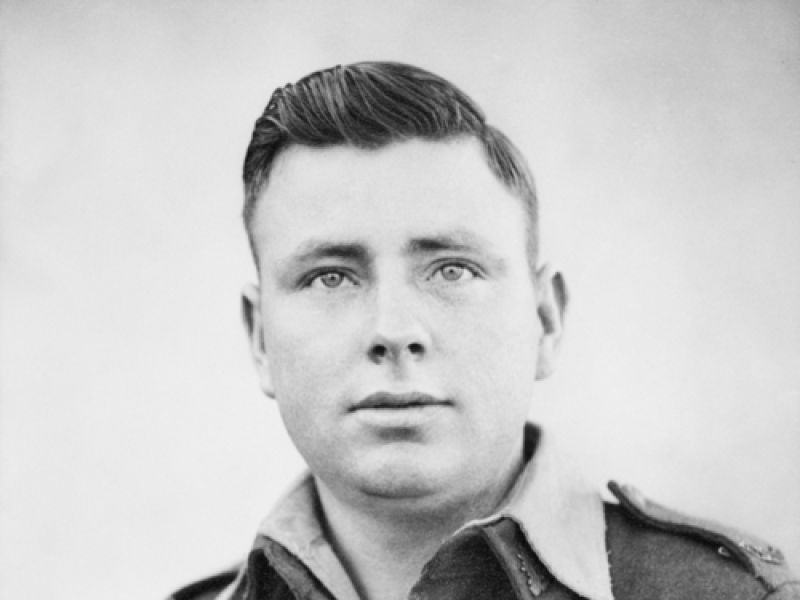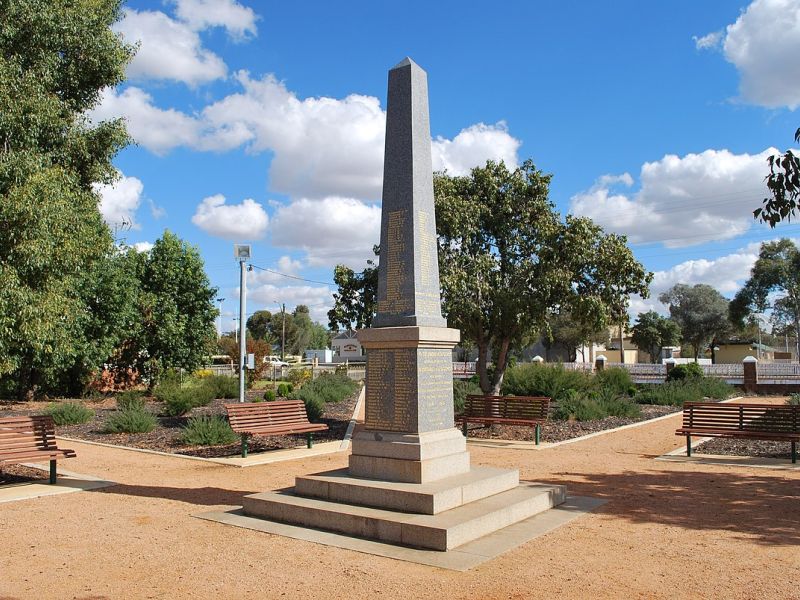Private Neville John O'Connor, 30th Australian Infantry Battalion
Neville O’Connor was born on 6 April 1924 in Young, New South Wales, the son of Daniel and Esther O’Connor.
He grew up in Barmedman, a rural town in the Bland Shire of New South Wales, where he attended the local state school. His mother died when he was 11 years old.
After finishing primary school, he went on to be farmer.
Not long after turning 18, in April 1942 Neville O’Connor enlisted in the Militia.
After a trip to Sydney, he was taken on strength, and joined a training battalion. After a short period of training, in July he was transferred to the 30th Battalion. Known as the New South Wales Scottish Regiment, the 30th Battalion had been issued with Scottish military equipment including kilts, and adopted the tartan of the Black Watch, a Scottish unit of the British Army.
Soon after joining the 30th Battalion, O’Connor embarked from Sydney, landing in Fremantle on the west coast in mid-July. He reported to hospital suffering from diphtheria shortly after arriving, and was admitted for treatment and recuperation.
O’Connor and his militia battalion remained in Western Australia until late 1943, when they were moved to Queensland to undertake training for possible deployment overseas.
O’Connor ensured that he would be able to serve overseas by enlisting in the Second Australian Imperial Force in the field on 12 April 1943.
Late in the year, he was found guilty of being absent without leave and was fined as punishment.
In early 1944, the units of the 8th Brigade, including the 30th Battalion, were despatched to New Guinea in support of the Huon Peninsula campaign. The battalion's most notable involvement came during the battle of Sio. After Australian forces broke through Japanese positions around Finschhafen, troops advanced along the coast of the Huon Peninsula, using infantry, tanks, and air strikes against the Japanese positions.
In June 1944, O’Connor suffered from an illness, and in April 1945 he was admitted to hospital with hepatitis.
That same month, the 30th Battalion was moved to Wewak, where it supported the 6th Division’s campaign, conducting patrols around Mount Tazaki and Mount Shiburangu. O’Connor and his comrades were involved in a number of engagements with Japanese forces, with the most notable coming in July when they helped repel a Japanese attack on Australian positions around Mount Tazaki.
On 27 July 1945, a patrol group from the battalion made contact with enemy forces. The engagement ended with the death of two Japanese soldiers, and Private Neville O'Connor, who was 21 years old.
He was buried near where he fell, but his remains were later reburied in Lae War Cemetery, where they lie today under the inscription chosen by his grieving family:
“He who gave his life so gallantly shall not be forgotten.”
- AWM Honour Roll https://www.awm.gov.au/collection/R1681932

 Australian War Memorial
Australian War Memorial